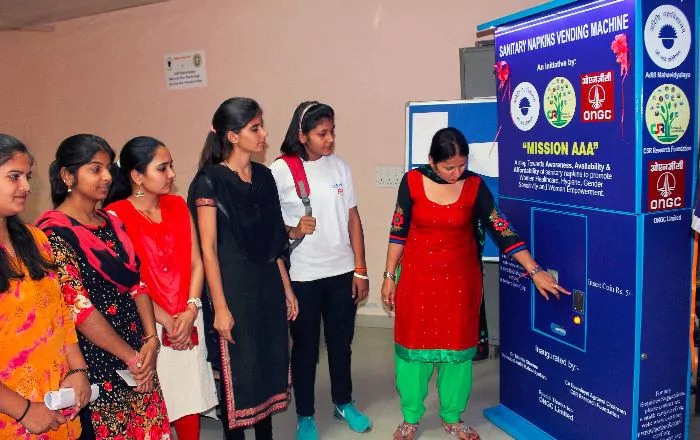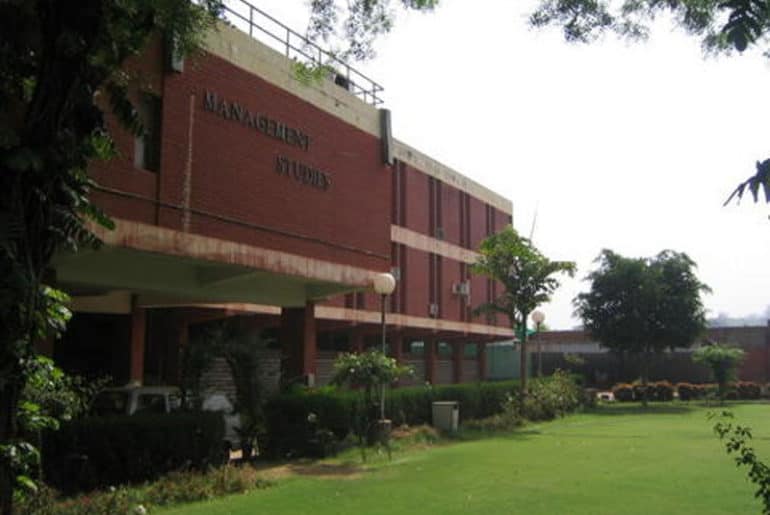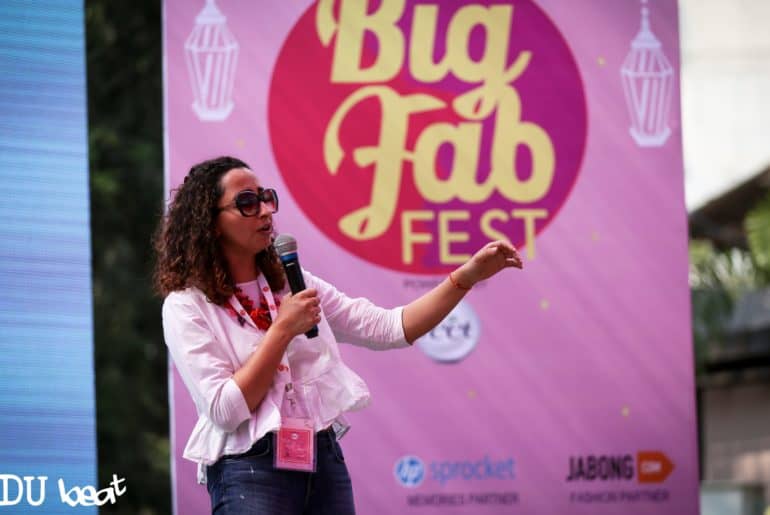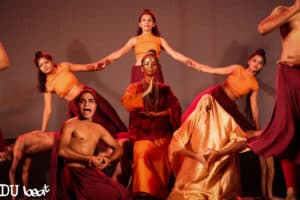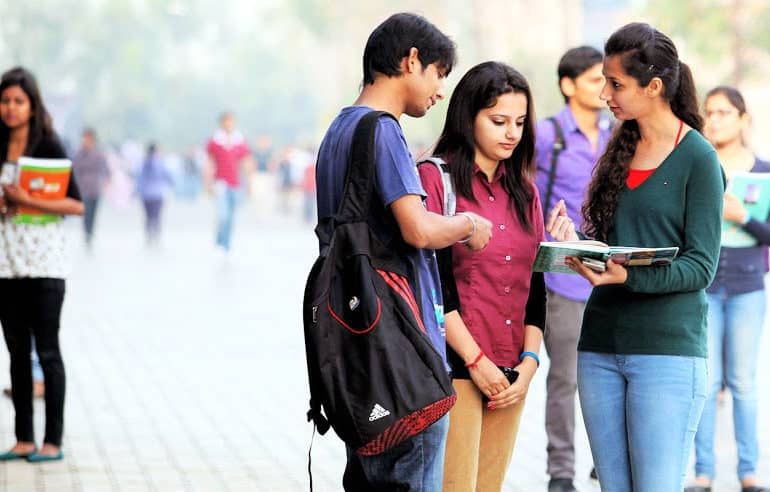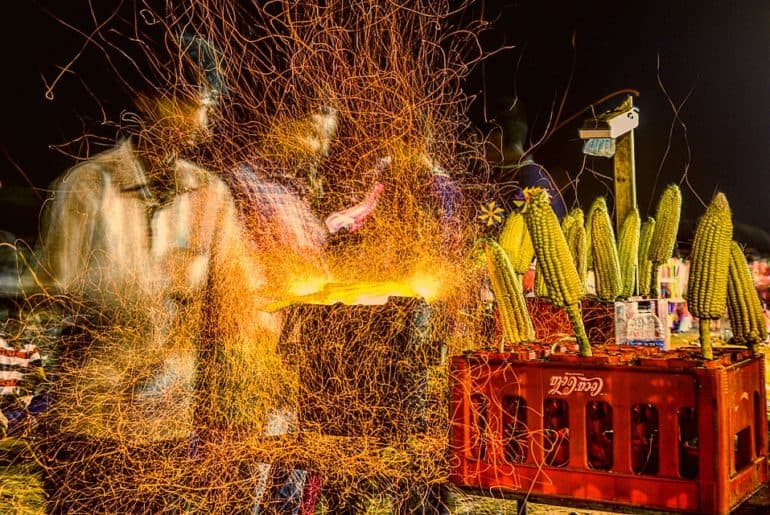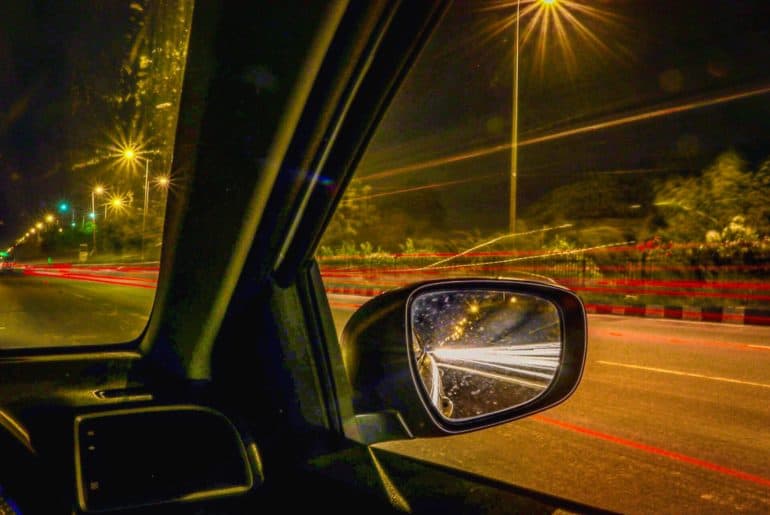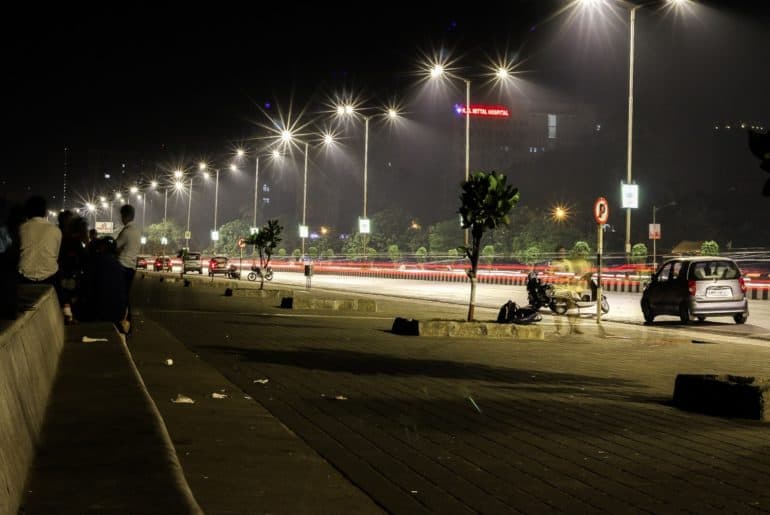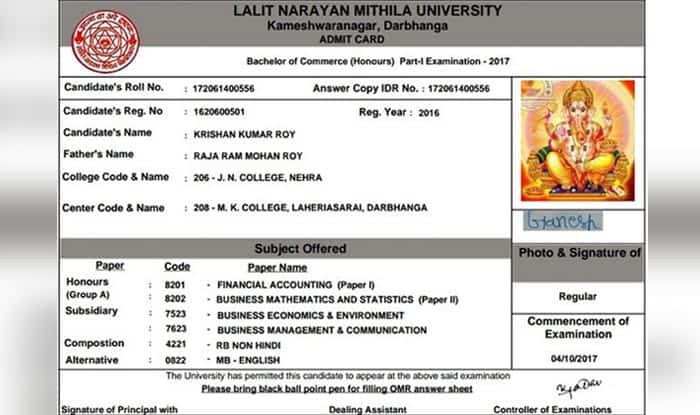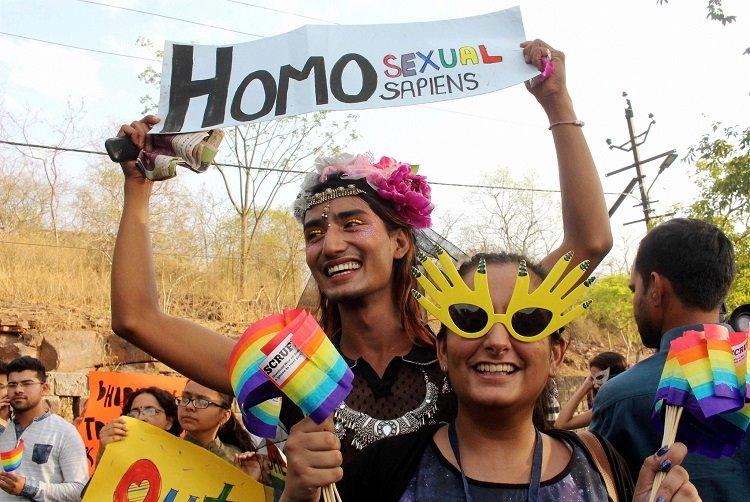POPxo’s Big Fab Fest (BFF) was a fun-filled event that was attended by a number of fashion enthusiasts, bloggers, and students. The stalls, music, and one-on-one interactive sessions were a great hit amongst the attendees.
On 7th October 2017, POPxoBFF powered by Veet was held at One Golden Mile. The central theme of the festival was fashion and beauty. Brands ranging from household names like Veet, Jabong, and Colorbar to up and coming ones like Knick Knack Nook, Fangled, and Mango People had a strong presence. Stalls dedicated to food, games, and influencer platforms were also present.
With creative and innovative decorations like colourful streamers, lanterns, fairy lights along with other props, the stalls and the festival created a cosy and welcoming ambience. The event started at 12 p.m. when the crowd started to stroll in, filling up the space within an hour or two. For its second edition, POPxo allowed the entry of boys, unlike last year’s affair.
The festival in general had an immensely aesthetically pleasing environment. Apart from the well-decorated venue, the patrons were also no less than style icons. The crowd largely consisted of fashion bloggers, fashion enthusiasts, and young college students. Consequently, a bevy of young men and women, each with an individual and distinct sense of style and ways of expressing themselves, joined in.
Various competitions, lucky draws, and challenges took place throughout the day. Challenges to hold a plank position for the longest period of time and giveaways by sponsors for the audience were extremely popular amongst the audience. Cash prizes, Fitbits, and other merchandise were given away by conducting a competition which kept the energy and excitement levels high.
Some of the highlights were the stalls of Knick Knack Nook, Sanokaa Jewels, and Krafted with Happiness which had an unusual collection of earrings, nose rings, chokers, handbags, and other handcrafted accessories. Other stalls of the flea market such as Big Small, Fangled, and Candy Call Store offered postcards, theme-based diaries, posters, traveler’s maps, skincare products, and more. This merchandise, which consisted of Harry Potter themed notebooks, framed posters of Daenerys Targaryen, lighters with hilarious quotes on them, and other unique and personalised merchandise were a favourite amongst those attending the event. In a unique promotional strategy, Fangled gave away one special postcard to everyone who liked their Instagram page. These postcards were full of quotes and references from Kabhi Khushi Kabhie Gham and Dilwale Dulhania Le Jayenge, thus making them extremely popular with the millennial crowd.
Veet, being the official sponsor, had the lucky winners contest for hampers and vouchers worth upto INR 2,000. Part of the competition was taking a photo with the Veet backdrop and uploading it on Instagram. The Colorbar stall offered free makeovers generating a lot of interest and activity. Jabong had their “Dress the Mannequin Challenge”, and the turnout was enough to keep them engaged the whole time. HP Sprocket got umpteen pictures from fans of Polaroid. Stalls for body art and henna tattoos were also present and attracted a lot of attention from the audience. Plixxo’s stall attracted a large number of fashion bloggers who wanted to know more about being an influencer and what an influencer platform stood for. Every stall had an enchanting appeal and something different about itself.
Fans got pictures clicked with Shreya Jain, who also spent time addressing her followers and well-wishers at length and with patience. Despite being terribly ill, Cherry Jain of POPxo fame reached the venue at 2 p.m. to address the audience, chat with them personally, and get pictures clicked. Sejal Kumar, the popular YouTuber from the University of Delhi, held an interactive session with her fans, spoke to many individually, and had a photo session. Cherry and Sejal talked at length about how to gain traction on social media, and gave advice on the use of sponsored content and on the importance of being dedicated. Their suggestion of using personal anecdotes occasionally was received with immense enthusiasm by the audience.
To quench the food cravings, delicious food like pizzas, burgers, milkshakes, ice-cream, and more was offered at stalls of La Pinoz, Burger King, Keventers, MeSoHungry, and Popsicles. Just like the event itself, the food was well-presented and colourful, with a spacious and beautifully decorated al fresco wooden seating area which was used as a makeshift cafeteria.
In the evening, multiple musical and dance performances took place which lent the festival the vibe of a cultural gathering. As artists soulfully belted out hits like “Attention” and “Summertime Sadness”, the crowd sang along, akin to country fairs and musical fests at the same time. The western dance societies of Lady Shri Ram College for Women (LSR), Pannalal Girdharlal Dayanand Anglo Vedic (PGDAV) College, Ramjas College, Lady Irwin College for Women, Maharaja Agrasen Institute of Technology (MAIT), Kirori Mal College (KMC), Gargi College, and Sri Venkateswara College performed energetically.
The winning team from Gargi College received a whopping cash prize of INR 30,000.
Overall, POPxoBFF was an energising and fulfilling way to spend the day. The music, the beautiful surroundings, the fun game stalls, the giveaways and competitions, the delicious food, the shopping souks, the dance performances, and the sheer number of fashion enthusiasts all made this event an absolute delight. It was reinvigorating and energising with its hustle bustle and creativity and we cannot wait for its third edition!
Photos by:
Ayush Chauhan
[email protected]
Hitanksha Jain
[email protected]
Kinjal Pandey
[email protected]
Prachi Mehra
[email protected]

